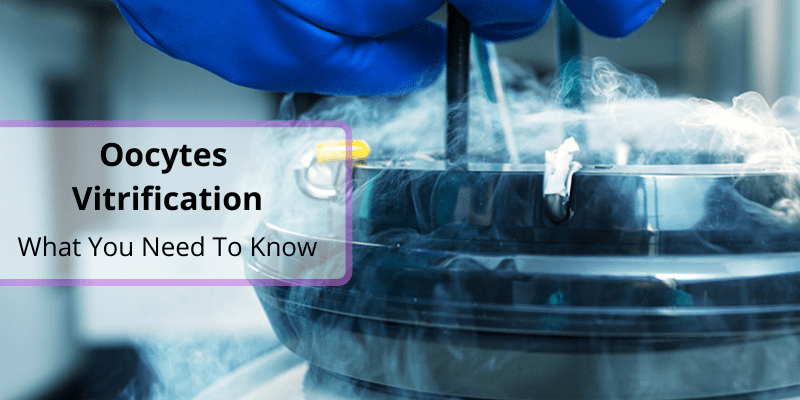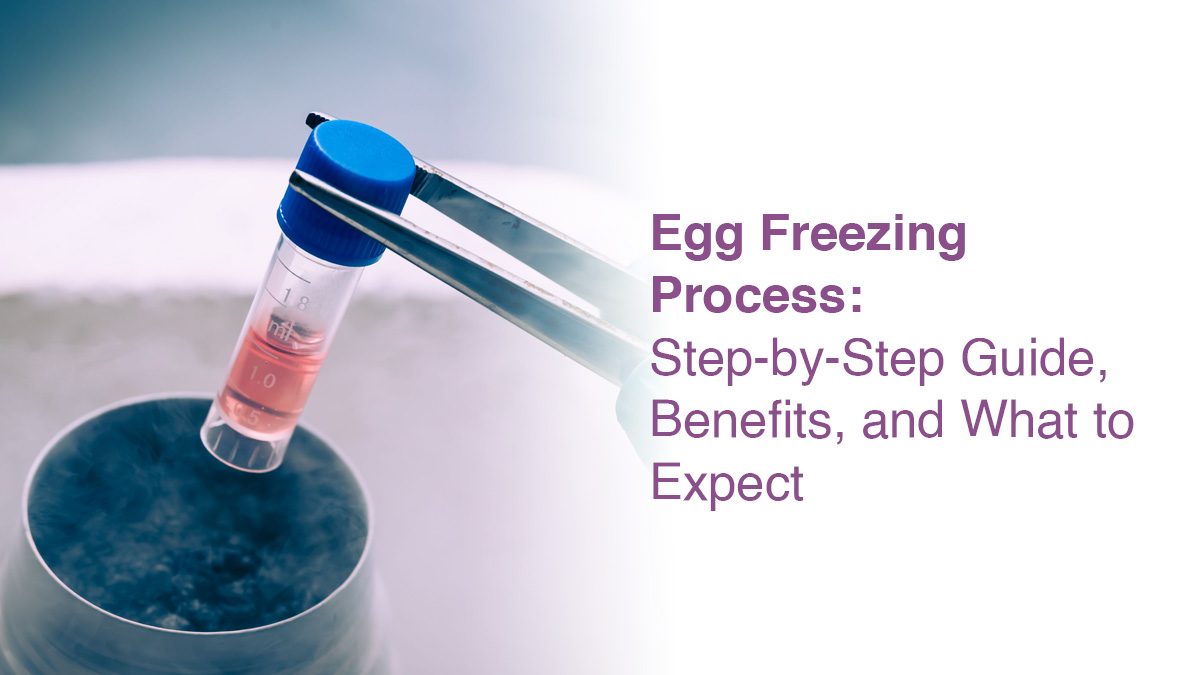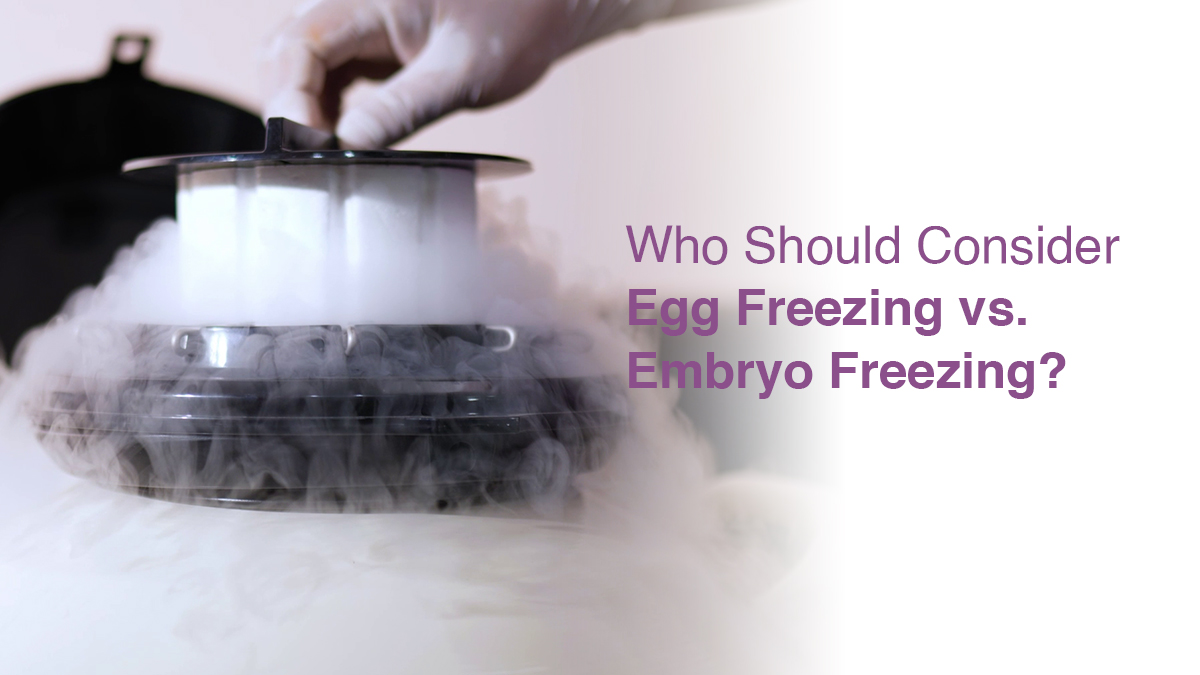
Oocytes Vitrification – What You Need To Know

Motherhood is something that is not at all easy and comes with a lot of responsibilities. However, it is one of the most beautiful experiences in the world. It needs your time, energy, and you might have to compromise with your career. With a lot of women being career-oriented tend to delay motherhood to achieve a certain goal in their profession. Hence, they may not be ready to start a family anytime soon. Some women also wait for the right partner to get married, who understands their dreams and goals. For women with such cases, the vitrification technique might be something of a blessing as it will help them focus both on their present as well as the future at the same time. Further, for women who are taking cancer treatment or who experience certain autoimmune diseases, this technique might prove to be ve beneficial.
What Is Vitrification Of Oocytes?
Vitrification is one of the methods used to preserve fertility. Vitrification of oocytes is a process of freezing oocytes so as to postpone your reproductive capacity for as long as you want to. Therefore, you do not have to worry about your chances of becoming pregnant later. Further, you can go into your middle age without experiencing any considerable decrease in your ability to conceive. The chances will be the same as when the eggs were vitrified.
In What Cases Is Vitrification Of Oocytes Indicated?
There is a certain criterion that you will have to fit in if you are considering the vitrification of your oocytes. Let’s take a look at what it is.
- Women who wish to postpone their motherhood due to some reason.
- Oncology patients and those who will be receiving gonadotoxic treatment.
- Women who have undergone multiple ovarian surgeries. Example, endometriosis.
- Patients who would benefit from embryo transfer in a cycle except for the one in which follicle stimulation happens (when there is a development of polyps, hydrosalpinx or hydrometra, absence of spermatozoa, a risk of OHSS, etc.)
- Women who have a poor response to obtain a sufficient quantity of oocytes or to accumulate them mainly when the objective is to carry out a cycle of PGD (preimplantation genetic diagnosis).
What Are The Results Of Vitrification Of Oocytes?
The major benefit of this technique in contrast to the conventional freezing is that the ice crystals that damage the oocyte do not form, and approximately 97% of patients survive this procedure. Furthermore, the same clinical results are yielded when fresh oocytes are used.
Among the various available vitrification techniques, the Cryotop method is the latest and also obtains the best results. With this technique, a survival rate of 97% has been achieved for young patients (less than 35 years old), with implantation rates of 40% and pregnancy rates of 65%.
Do not form, and around 97% survive the process. Furthermore, the same clinical results are achieved in a normal process.
What’s The Process?
Oocytes vitrification is a solidification process wherein cryoprotective substances are used to treat and are submerged in liquid nitrogen at -196°C. The process follows the same stems as in an IVF cycle which includes stimulation of the ovary with hormones and aspiration of the oocytes. Further, instead of inseminating and fertilizing oocytes, they are vitrified through the cryotop method and later stored in liquid nitrogen.
This is recommended in various and a wide range of situations, but the common thing is the postponement of the insemination of the oocytes or pregnancy.
The oocytes can be kept in cryopreservation for as long as the patient wants them or needs them. There is no limit as such.
At Oasis Fertility, our doctors take care of your vitrification process so that you can take care of your career in the present and welcome motherhood in the future when you are willing and ready to.


fill up the form to get a
Free Consultation
Avail 0% interest on EMI
All Procedures | No Upper Limit
How we reviewed this article:
- Current Version
- November 8, 2022 by Oasis Fertility
- September 28, 2022 by Oasis Fertility
- October 15, 2020 by ShootOrder





